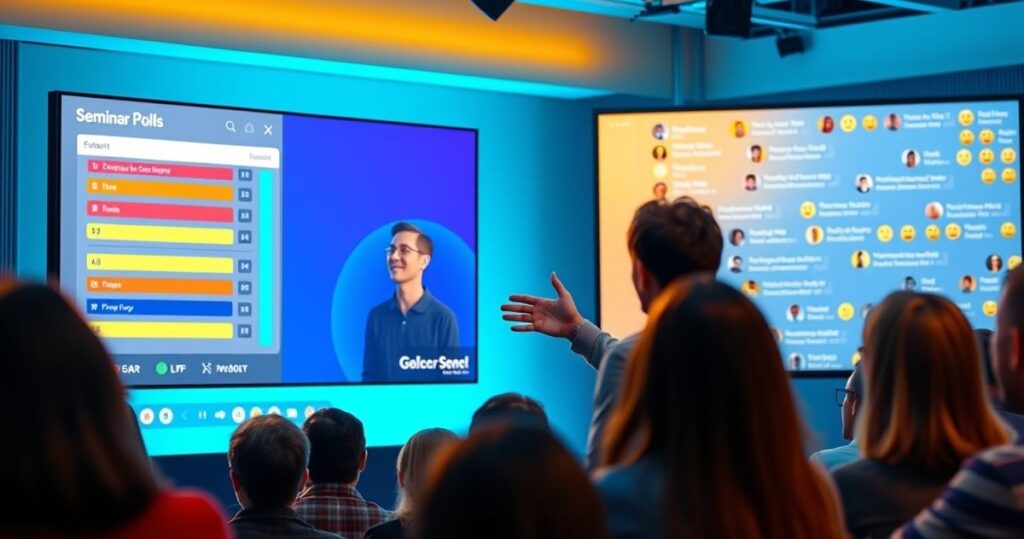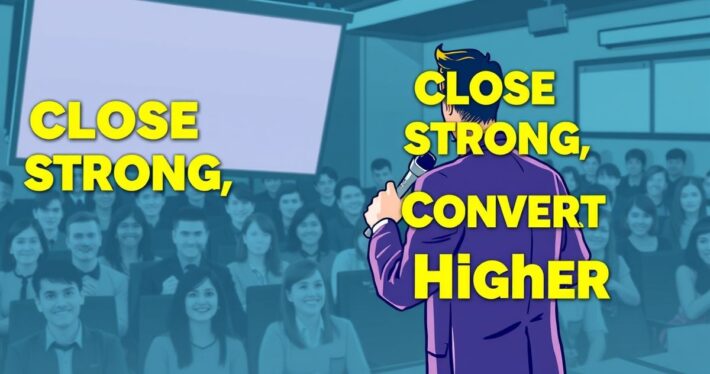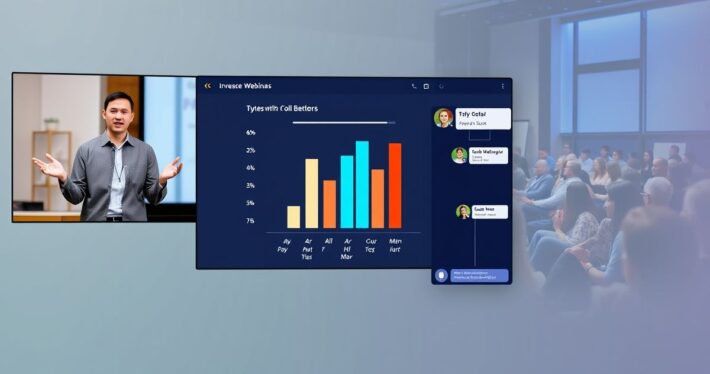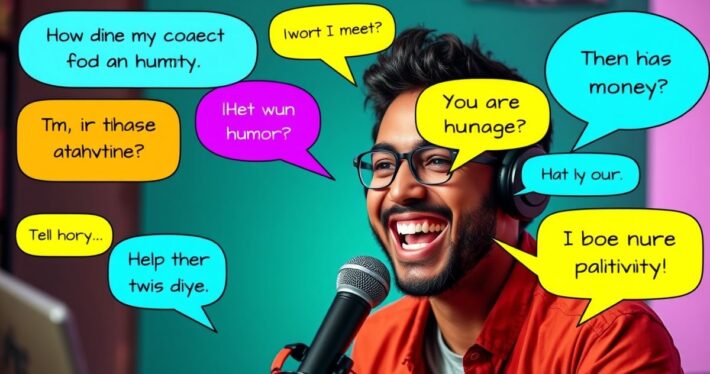How to Keep Your Audience Engaged from Start to Finish

Ever been on a webinar where you started scrolling through your phone five minutes in? Yeah, we’ve all been there. Keeping an audience engaged from start to finish isn’t just about delivering good content—it’s about creating an experience. Whether you’re hosting a virtual event, leading a training session, or pitching a product, the key to success lies in your ability to captivate and hold attention. This guide dives into proven strategies, real-world examples, and actionable steps to keep your audience hooked from the first word to the final call-to-action.
Why Engagement Matters (And Why It’s So Hard)
Let’s face it: we’re living in an age of endless distractions. Notifications, emails, and the lure of TikTok are just a click away. If your content isn’t immediately compelling, your audience will tune out—fast. According to research, the average attention span during a webinar drops significantly after the first 10 minutes. So, how do you combat this?
Engagement isn’t just about keeping eyes on the screen; it’s about creating a connection. When your audience is engaged, they’re more likely to absorb your message, take action, and even become advocates for your brand.
The Power of a Strong Opening
First impressions matter—a lot. Think of your opening as the hook that grabs your audience and pulls them in. Here are a few techniques to nail it:
- Start with a Story: Human brains are wired for storytelling. A relatable anecdote or personal experience can instantly create an emotional connection.
- Ask a Provocative Question: Something like, “What if I told you there’s a way to double your productivity in half the time?” immediately sparks curiosity.
- Use Shock Value: Share a surprising statistic or fact that challenges common assumptions.
For example, I once started a webinar by saying, “Did you know 80% of webinars fail to convert? Today, we’re going to change that.” The room was instantly hooked.
Keep the Momentum Going: Interactive Elements
Now, here’s where it gets interesting. Engagement isn’t a one-and-done deal; it’s something you need to nurture throughout your presentation. Here are some tried-and-true strategies:
- Polls and Surveys: Use tools like Slido or Mentimeter to ask questions and get real-time feedback.
- Live Q&A: Encourage participants to ask questions throughout the session, not just at the end.
- Chat Engagement: Prompt your audience to share their thoughts or experiences in the chat.
A client of mine once used polls to tailor their webinar content on the fly. Not only did it keep the audience engaged, but it also made the session feel more personalized.
Visuals and Variety: The Secret Sauce
Let’s be honest—no one wants to stare at a wall of text for an hour. Visuals are your best friend when it comes to maintaining engagement.
- Dynamic Slides: Use animations, infographics, and high-quality images to break up the monotony.
- Video Clips: Short, relevant videos can add variety and keep things fresh.
- Live Demos: Show, don’t tell. A live demo can make your content more tangible and engaging.
I remember a tech webinar where the presenter switched between slides, live demos, and audience polls every 5 minutes. The energy in the room (or rather, the Zoom call) was electric.
The Art of Storytelling
Here’s a pro tip: weave storytelling into every section of your presentation. Stories are memorable, relatable, and emotionally engaging.
- Case Studies: Share success stories or examples that illustrate your points.
- Scenarios: Paint a picture of what life could look like after implementing your solution.
- Personal Anecdotes: Humor or vulnerability can make you more relatable.
For instance, during a sales training webinar, I shared a story about a time I completely bombed a pitch—and what I learned from it. The audience loved it.
Closing with Impact
Your closing is just as important as your opening. It’s your chance to leave a lasting impression and drive action.
- Recap Key Points: Summarize the main takeaways in a clear, concise way.
- End with a Call-to-Action: Whether it’s signing up for a trial, downloading a resource, or contacting you for more information, make it crystal clear what you want your audience to do next.
- Use a Closing Story or Quote: Something inspirational or thought-provoking can leave your audience on a high note.
Common Pitfalls to Avoid
Even the best-presenters can fall into traps that kill engagement. Here’s what to watch out for:
- Talking for Too Long: Monologues are a one-way ticket to snooze town. Keep your segments short and sweet.
- Ignoring the Audience: If you’re not checking the chat or responding to questions, you’re missing out on valuable engagement opportunities.
- Overloading with Information: Less is more. Focus on a few key points and deliver them well.
Real-World Example: A Webinar Gone Right
Let’s look at a case study. A SaaS company wanted to increase demo sign-ups through a webinar. Here’s what they did:
- Opening Hook: They started with a shocking statistic about wasted time in business.
- Interactive Polls: They asked participants about their biggest pain points and tailored the content accordingly.
- Live Demo: They walked through the software in real-time, showing how it solved those pain points.
- Closing CTA: They offered a limited-time discount for anyone who signed up for a demo that day.
The result? A 40% increase in demo sign-ups compared to their previous webinars.
Tools to Boost Engagement
If you’re looking to take your engagement game to the next level, here are some tools to consider:
| Tool | What It Does | Best For |
|---|---|---|
| Slido | Interactive polls and Q&A | Audience participation |
| Mentimeter | Real-time surveys and word clouds | Visual engagement |
| Canva | Professional slide design | Dynamic visuals |
| Zoom | Breakout rooms and chat features | Virtual interaction |
| AI Slide Outline Creator | Structures engaging slide content | Balancing education & impact |
Final Thoughts
Keeping your audience engaged is both an art and a science. It requires planning, creativity, and a deep understanding of your audience’s needs. But when you get it right, the results can be transformative.
So, what’s your next step? Whether it’s incorporating more storytelling, experimenting with interactive tools, or refining your closing, there’s always room to improve. The key is to keep trying, keep learning, and—most importantly—keep engaging.



